Head-To-Head: Dell XPS 13 Vs. Microsoft Surface Pro 4
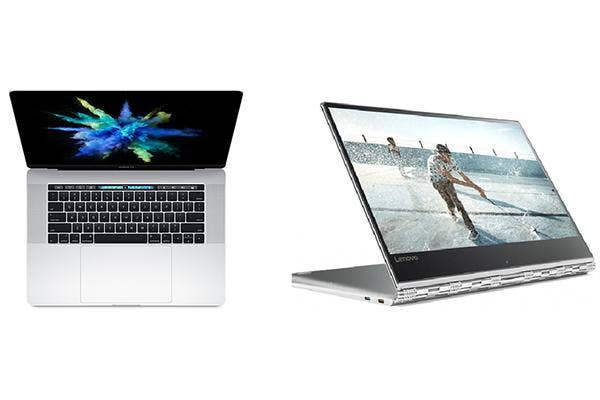
Dell XPS 13 Vs. Microsoft Surface Pro 4
Highly portable Windows 10 devices are abundant right now. Two of the most popular, however, are Dell's XPS 13 notebook and Microsoft's Surface Pro 4, a 2-in-1 tablet/keyboard combo. Along with portability, the devices offer much in the way of power along with features that on-the-go professionals, in particular, will appreciate. Which of them is the better device for you? In the following slides, the CRN Test Center compares the latest edition of the Dell XPS 13 vs. the Microsoft Surface Pro 4 on specs and price.
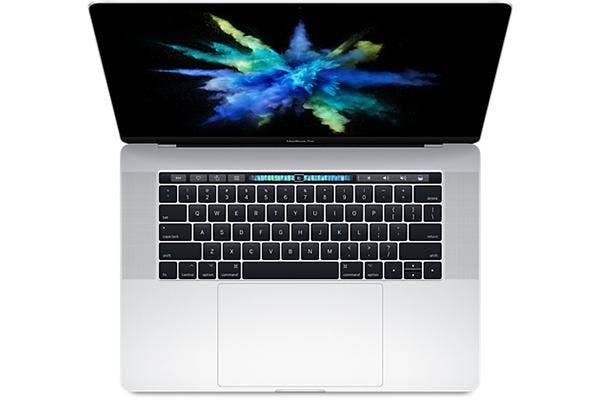
First Things First - XPS 13 Vs. Surface Pro 4
Dell's latest release of the XPS 13, which came out this past fall, has two versions – a touchscreen model and a non-touch version. As a tablet-based offering, the Surface Pro 4 of course comes with a touch display only. That means that right off the bat the Surface Pro 4 will have a bit more flexibility to offer, since the display can detach from the keyboard for use in tablet mode. The XPS 13 display does not fold all the way back – meaning that even the touch screen model can't be used like a tablet.
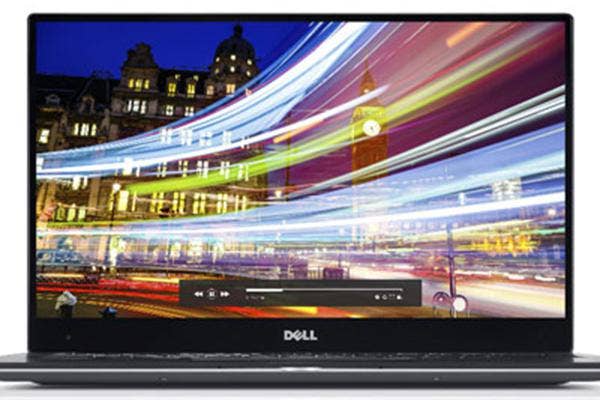
Display - XPS 13 Vs. Surface Pro 4
At 13.3 inches, the XPS 13 has the larger display of the two devices – with the Surface Pro 4 measuring at 12.3 inches. The XPS 13 "InfinityEdge" display features a small bezel on the top, left and right sides. The notebook has differing resolutions depending on whether it's the touchscreen model or not – FHD (1,920 x 1,080) for the non-touch version, or QHD+ (3,200 x 1,800) for the touch-screen model.
The display on the Surface Pro 4 uses LCD (PixelSense) technology, and has plenty of pixels to offer as well. The screen comes in between the two resolution configurations of the XPS 13, at 2,736 x 1,824.
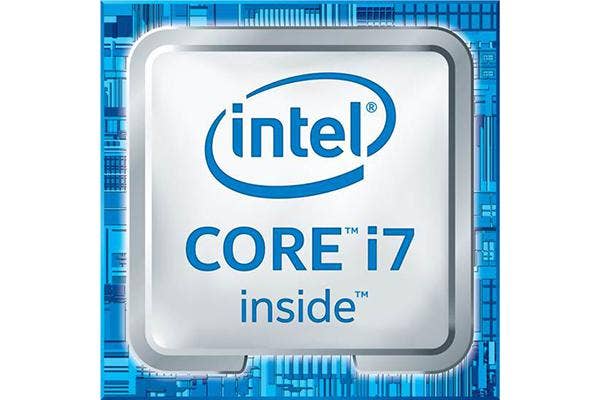
Processor - XPS 13 Vs. Surface Pro 4
The Surface Pro 4 is about a year older than the latest XPS 13, and uses previous-generation Intel processors as a result. The options with the Surface Pro 4 are for sixth-generation Core m3, i5 or i7 processors – with the top-level option being the Intel Core i7-6600U (clock speed of up to 3.4GHz).
The XPS 13 features Intel's seventh-gen Core i3, i5 or i7 processors. The top-level configuration is for the Core i7-7560U, with a clock speed of up to 3.8GHz.
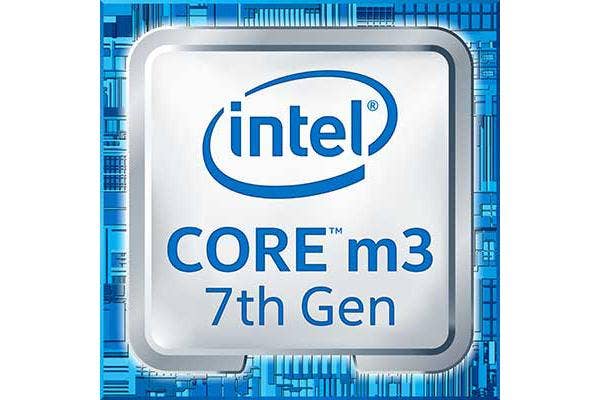
Battery Life - XPS 13 Vs. Surface Pro 4
One big differentiator for the XPS 13 is around battery life if you're going with the non-touch model. Dell promises up to 13 hours on a charge for the non-touch XPS 13. By contrast, Microsoft promises that the Surface Pro 4 battery will last nine hours on a charge.
However, Dell doesn't actually give estimates for battery life on the touch screen version of the laptop. Using the latest Intel processors may help to propel the battery life on the touch screen XPS 13 above that of the Surface Pro 4, however.
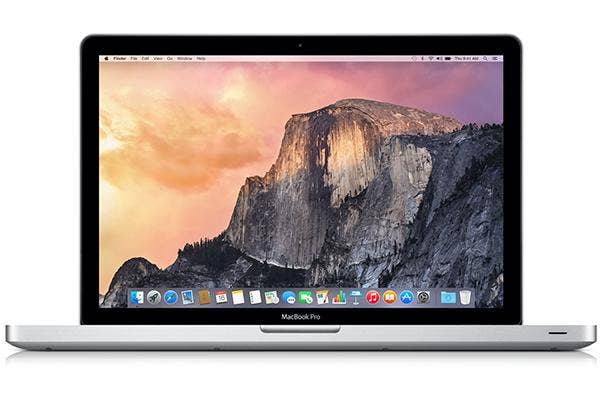
Thickness & Weight - XPS 13 Vs. Surface Pro 4
As mentioned, portability is one of the big appeals of both devices. And while Dell has done a nice job of keeping the XPS 13 thin and light, the Surface Pro 4 still has the edge; with the keyboard, the device measures 0.52 of an inch thick and weighs 2.35 pounds. The XPS 13, meanwhile, comes in at 0.6 of an inch thick. And it has a weight of 2.9 pounds for the touch-screen model, with the non-touch model weighing 2.7 pounds.
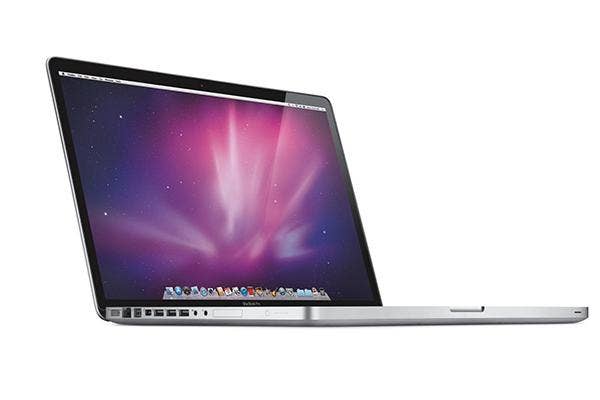
Memory & Storage - XPS 13 Vs. Surface Pro 4
Both devices offer a number of options here. For RAM, the XPS 13 and Surface Pro 4 can each come in configurations of 4GB, 8GB or 16GB. As for storage, the Surface Pro 4 has four options – 128GB, 256GB, 512GB or 1TB. The XPS 13 has one less configuration to offer, with the options being 128GB, 256GB or 1TB.
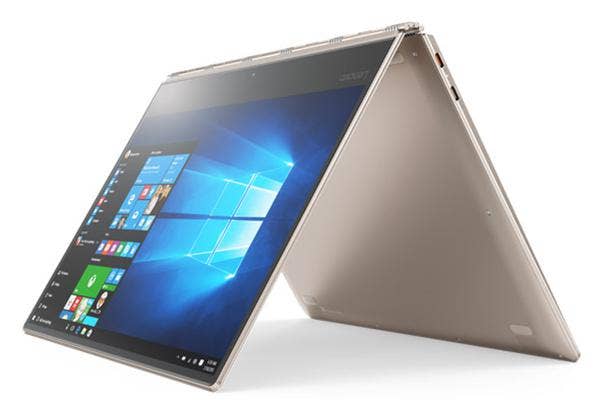
Ports - XPS 13 Vs. Surface Pro 4
Thankfully for many professionals, neither device has shunned traditional ports in favor of USB-C and dongles (a la Apple). The XPS 13 includes two USB-A ports, one Thunderbolt 3/USB-C port and an SD card slot. The Surface Pro 4 doesn't have USB-C, but does come with a USB-A port and Mini DisplayPort, plus microSD and Surface Connect ports (for power and docking).

Price - XPS 13 Vs. Surface Pro 4
While Microsoft is touting the Surface Pro 4 as a 2-in-1, the company hasn't yet taken the step of automatically including the keyboard with the tablet. The Surface Pro 4's keyboard – aka the Surface Pro 4 Type Cover – is sold separately for $130. Which means, of course, that potential buyers need to factor that into the price.
The Surface Pro 4 with sixth-gen Core i7, 8GB of RAM and 256GB of storage is $1,499, making it $1,629 with the keyboard. The touch screen Dell XPS 13 with seventh-gen Core i7, and the same amount of RAM and storage, is priced in the same ballpark, at $1,700. The non-touch XPS 13 model with those specs will run at a significantly lower price point, at $1,350.
At the lowest end, the non-touch XPS 13 and Surface Pro 4 without keyboard both have a starting price of $800.